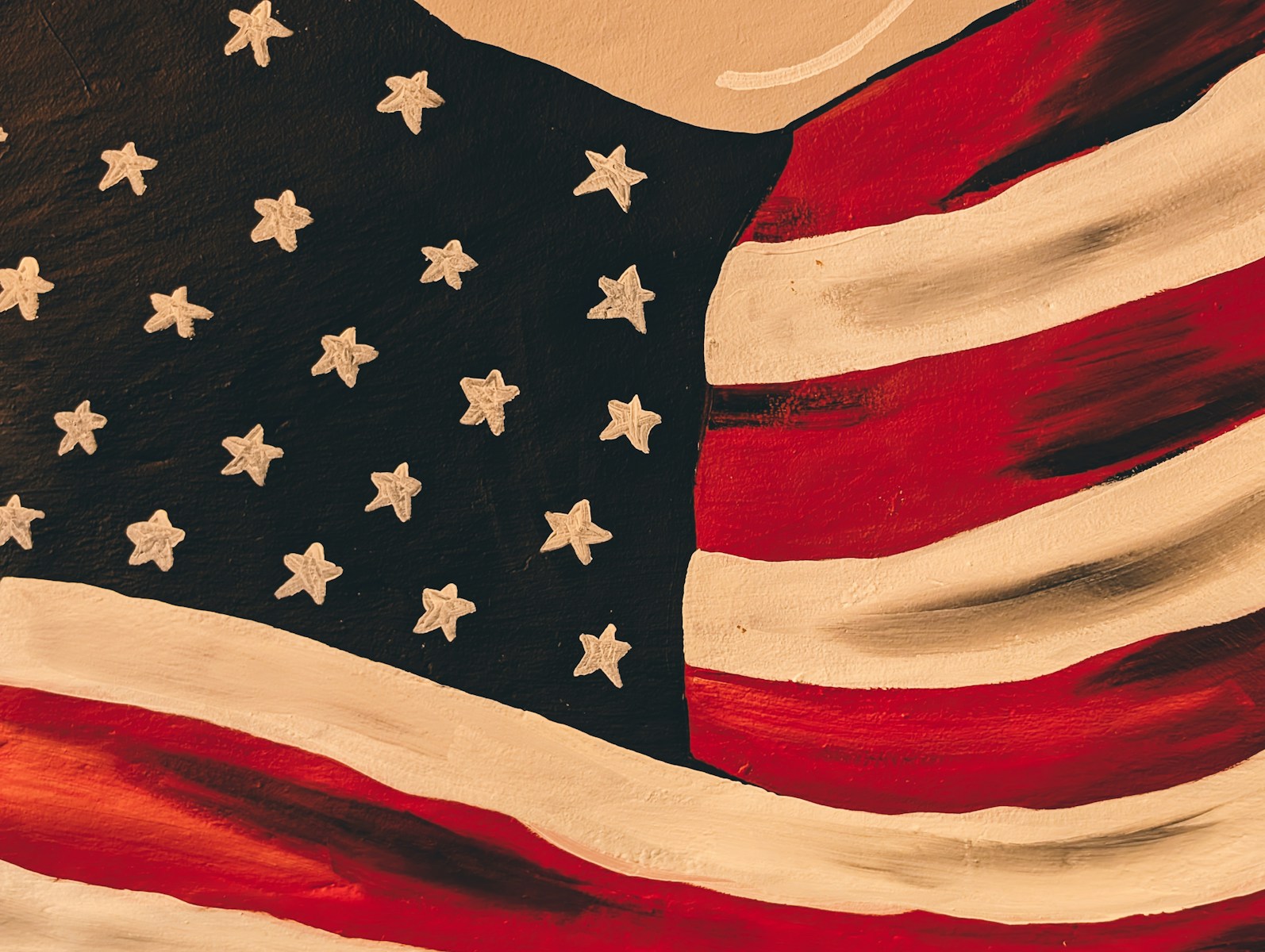Key Takeaways
• A major military buildup in the Caribbean has raised alarms about U.S. moves toward Venezuela.
• President Trump stepped back from early talk of strikes, sticking to “counter-narcotics” naval missions.
• The USS Gerald R. Ford, the world’s biggest aircraft carrier, will soon arrive in the region.
• Experts see echoes of past U.S. interventions but say today’s buildup is unlike anything before.
• A direct clash with Venezuela could harm U.S. ties across Latin America for years.
A new military buildup in the southern Caribbean has stirred worries about U.S. intervention in Venezuela. Ships, aircraft and marines are on the move under the banner of countering drug traffic. Yet many fear this is just a cover. Although President Trump has cooled talk of direct strikes, the arrival of the USS Gerald R. Ford carrier means U.S. presence will grow even more.
Why This Military Buildup Rings Alarm Bells
First, the scale is staggering. The U.S. fleet now operating near Venezuela is the biggest the region has seen in decades. Second, the rhetoric has grown sharp. While labeled a counter-narcotics effort, leaders in Caracas and beyond see a veiled threat. Third, this deployment taps into a painful history of U.S. “gunboat diplomacy” in Latin America. In the past, warships enforced debt payments, backed dictators or chased away rivals. For many in the hemisphere, any heavy show of force stokes old fears of lost sovereignty.
History of US Military Buildup in Latin America
From the late 1800s to the Cold War’s end, the U.S. launched at least 41 armed actions in Latin America and the Caribbean. Often called “police patrols,” these moves toppled governments and cost thousands of lives. In Haiti from 1915 to 1934, U.S. troops occupied the country and may have killed 11,500 people. During World War II and the Cold War, Washington backed pro-U.S. regimes and crushed leftist movements from Guatemala to Grenada.
By the 1930s, public outcry led to a “Good Neighbor” policy that halted overt invasions. Still, the U.S. intervened indirectly in the 1980s, funding rebels or staging covert raids. After 1994, U.S. forces joined multilateral peacekeepers or acted at host-nation invitation against drug networks. That restrained approach won cautious acceptance across major states like Mexico and Brazil.
How This Military Buildup Is Different
Despite echoes of old tactics, the current military buildup breaks several long-standing rules. First, it flies in the face of the Monroe Doctrine’s original aim: to block extra-hemispheric powers, not to invade fellow republics. Second, it targets a country on the South American mainland that is twelve times larger than Panama. In 1989, 26,000 U.S. troops ousted Manuel Noriega in Panama. Venezuela has over 100,000 active troops and a rugged interior that could fuel fierce resistance.
Moreover, President Trump has framed Venezuelan leader Nicolás Maduro as both a rogue head of state and a top drug-trafficking terrorist. This doublespeak mixes invective with legal justifications for regime change. Yet no solid evidence links Venezuela’s government to northbound cartels. If the U.S. pushes into Venezuelan waters or airspace, it would upend decades of respect for sovereignty in the region.
What Could Happen Next?
A clash at sea could spiral into a direct standoff with Venezuela’s military. Maduro has warned of a “republic in arms” if U.S. forces invade. He has asked for support from Russia, China and Iran. Even without foreign aid, Venezuelan forces know their home turf. Any invasion might face guerilla-style resistance that would strain U.S. logistics and political will.
Regional fallout could be severe. Key neighbors like Colombia and Mexico have already voiced concern over attacks on ships. Brazil’s president warned that setting a new standard of invading to stop drugs would weaken every nation’s safety. Left-leaning governments would see this move as a return to Yankee imperialism. Even friendly capitals would fret over a precedent that might one day be used against them.
In the long run, this military buildup risks turning Latin American opinion against the U.S. for a generation. It could drive regional leaders to seek security ties with rival powers. And it would test the limits of U.S. public support for interventions abroad.
Conclusion
Although labeled a counter-narcotics operation, the current military buildup in the Caribbean gestures at something more. It revives memories of forceful U.S. actions in Latin America, yet it also crosses new lines of scale and intent. As the USS Gerald R. Ford sails in, the world will watch whether deterrence holds or if warships give way to war.
FAQs
Could a clash at sea really draw in other nations?
If the U.S. fires on Venezuelan vessels, allies may see it as overreach and seek ties elsewhere. Russia, China and Iran have shown interest in Venezuela before.
Why has the U.S. used its Navy in Latin America before?
Historically, warships enforced debts, backed friendly regimes and blocked rival influences under claims of stability and security.
What makes today’s buildup different from past ones?
Today’s force is larger, aimed at a major South American state and justified by drug enforcement rather than debt or ideology.
How have nearby countries reacted to this move?
Several governments have urged restraint, warning that invading any neighbor under the pretext of counter-drugs sets a dangerous example.

